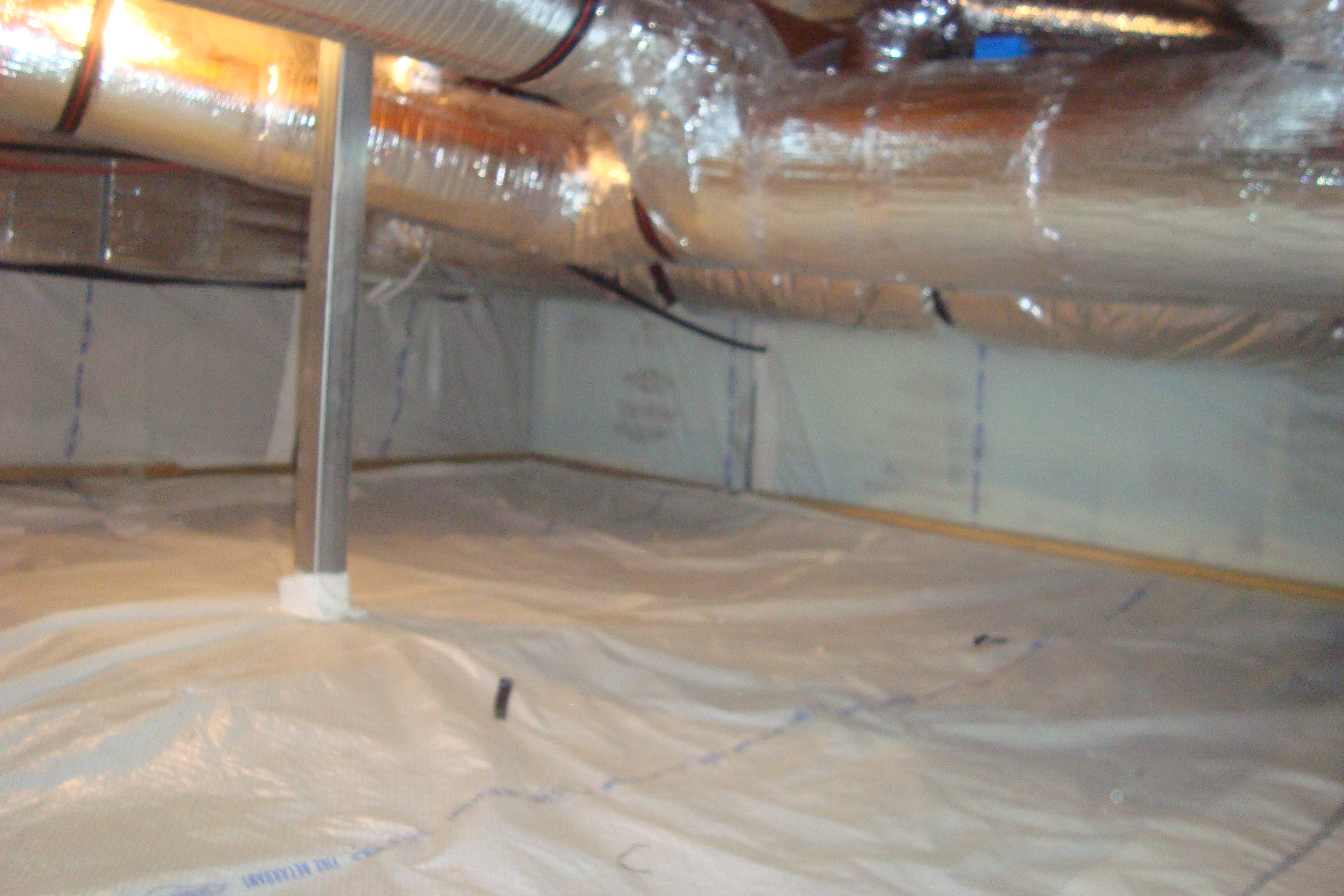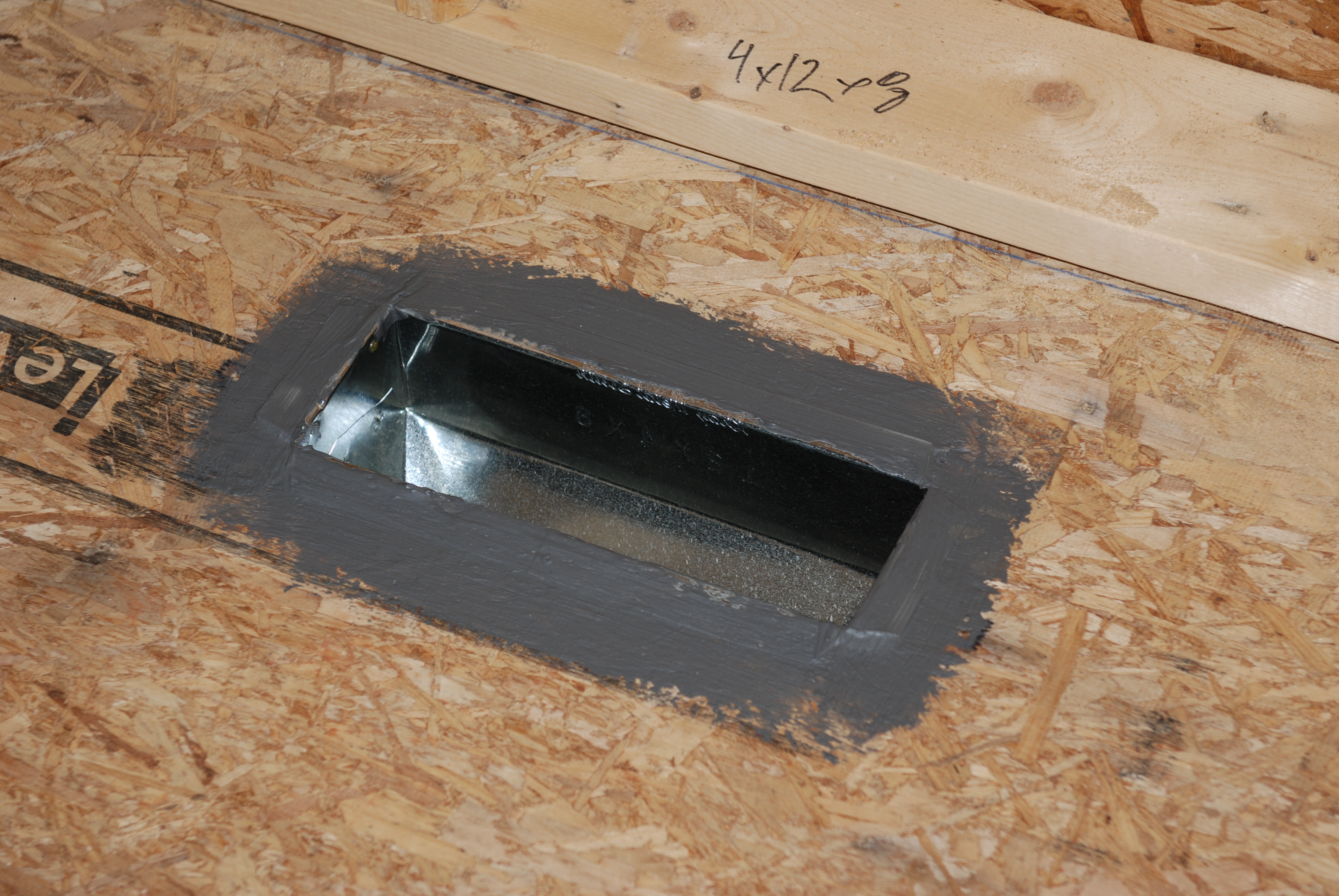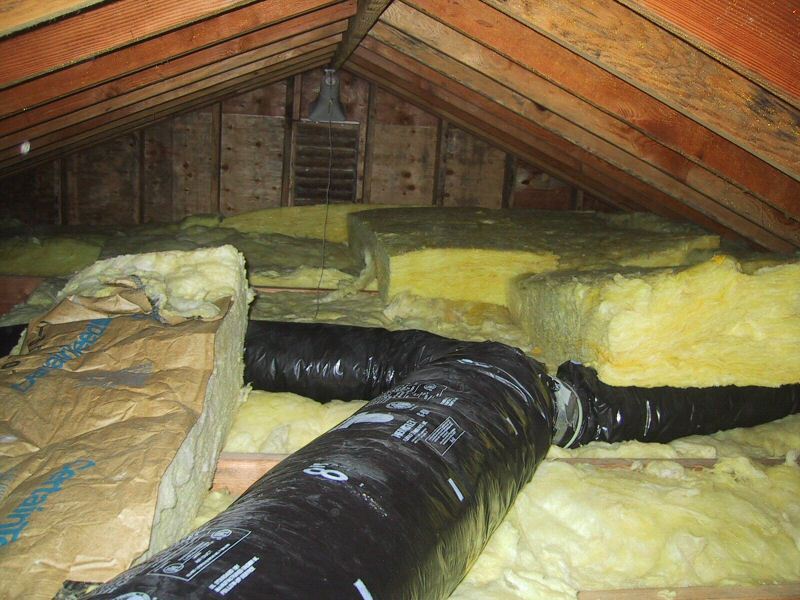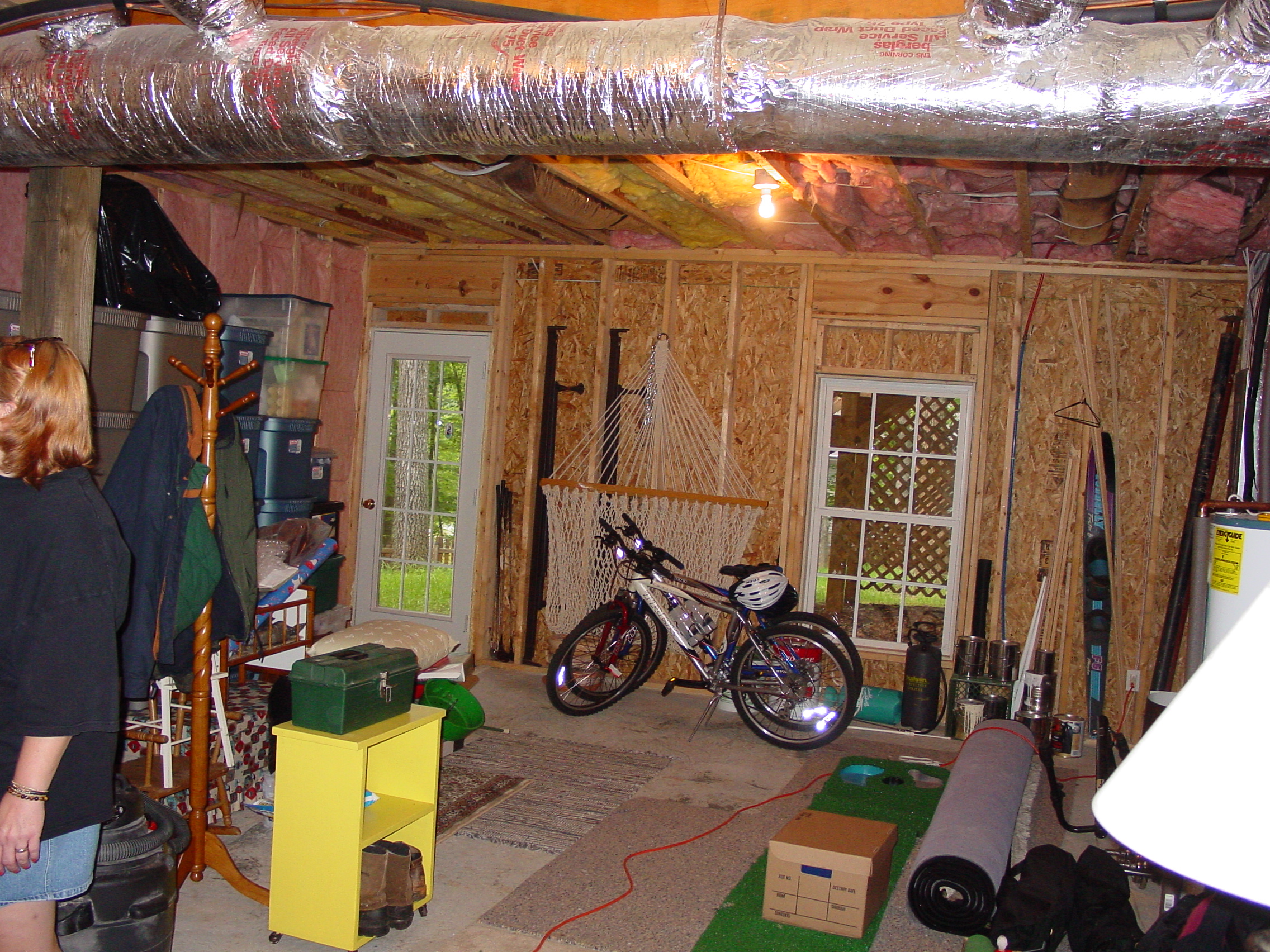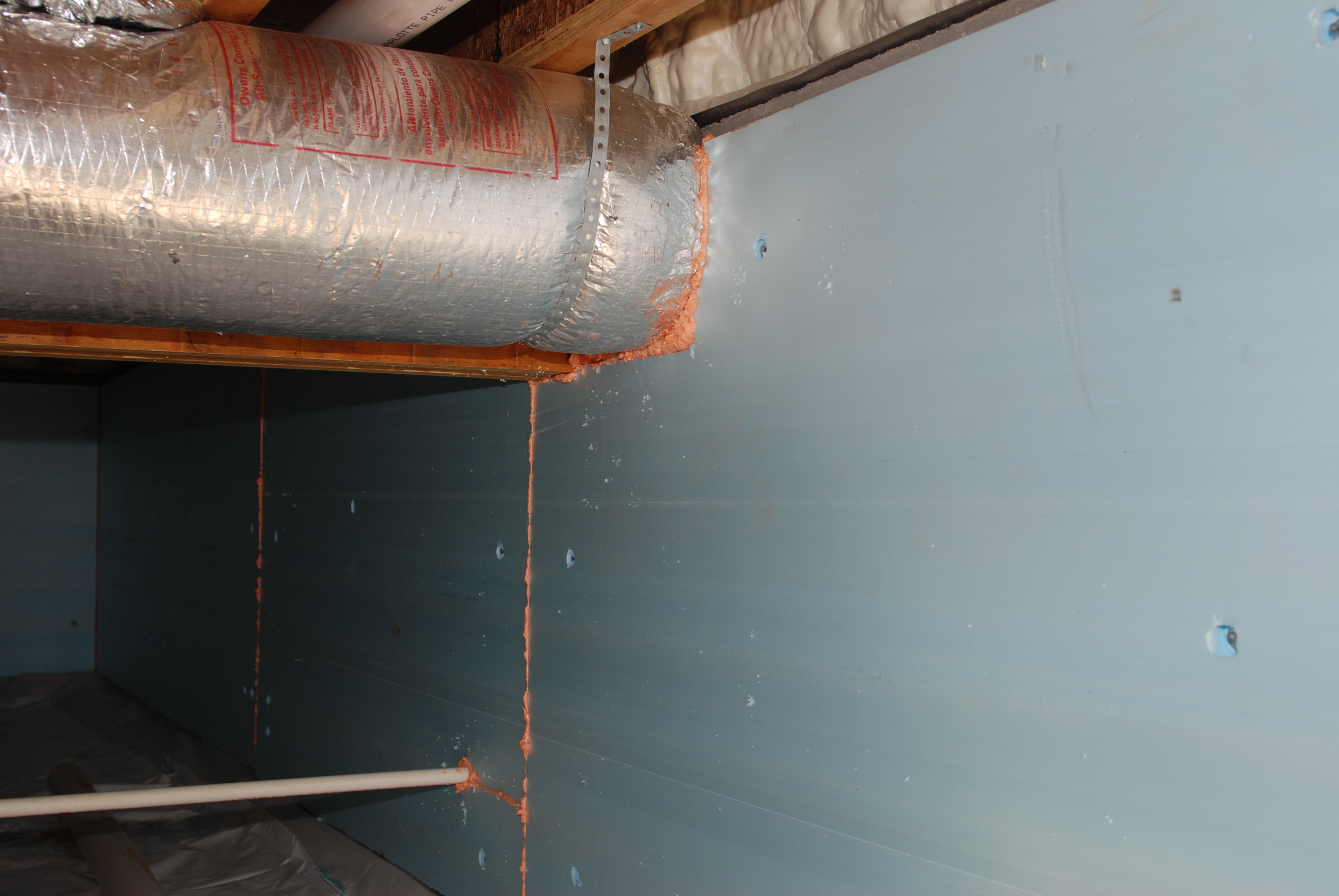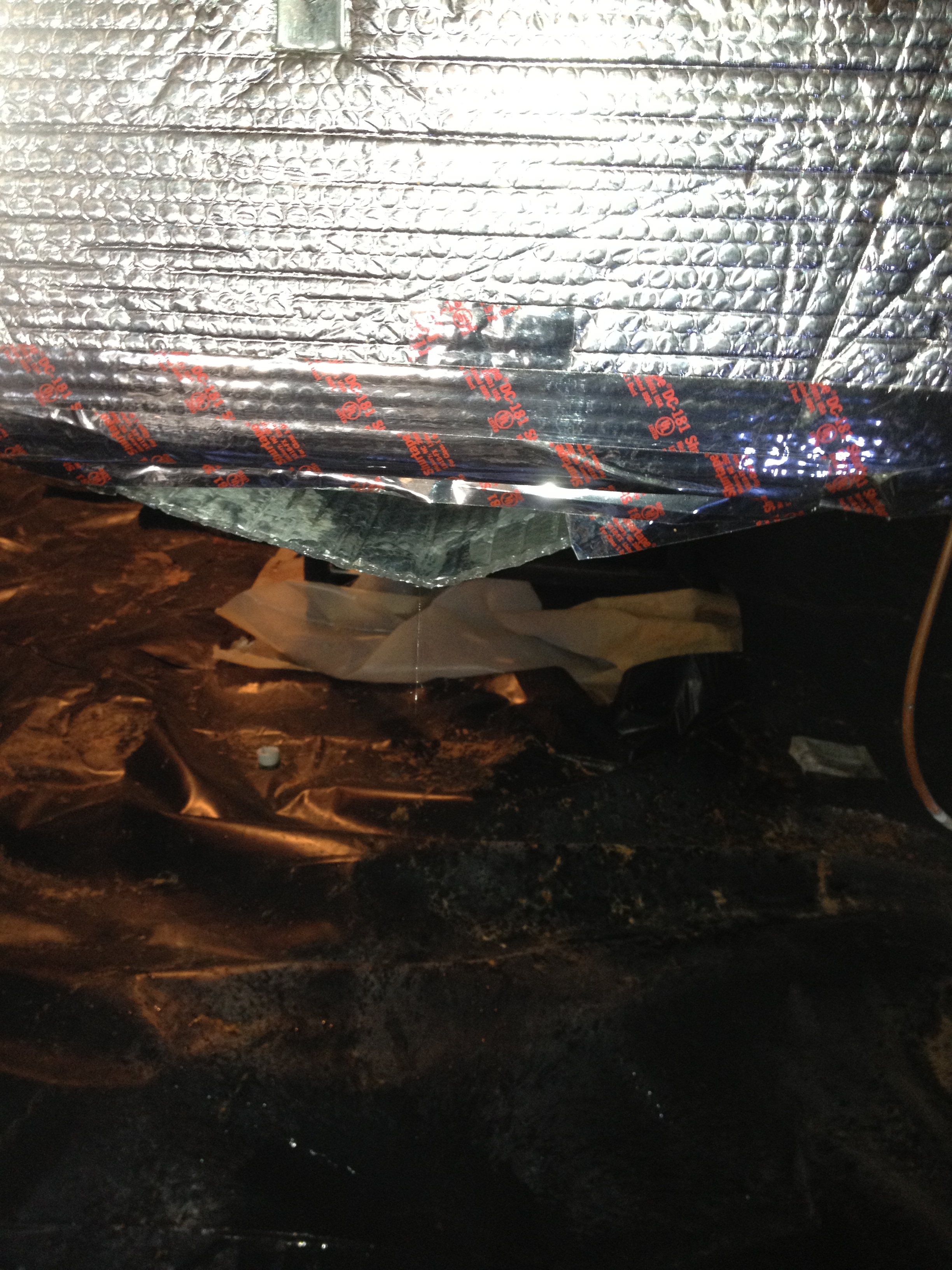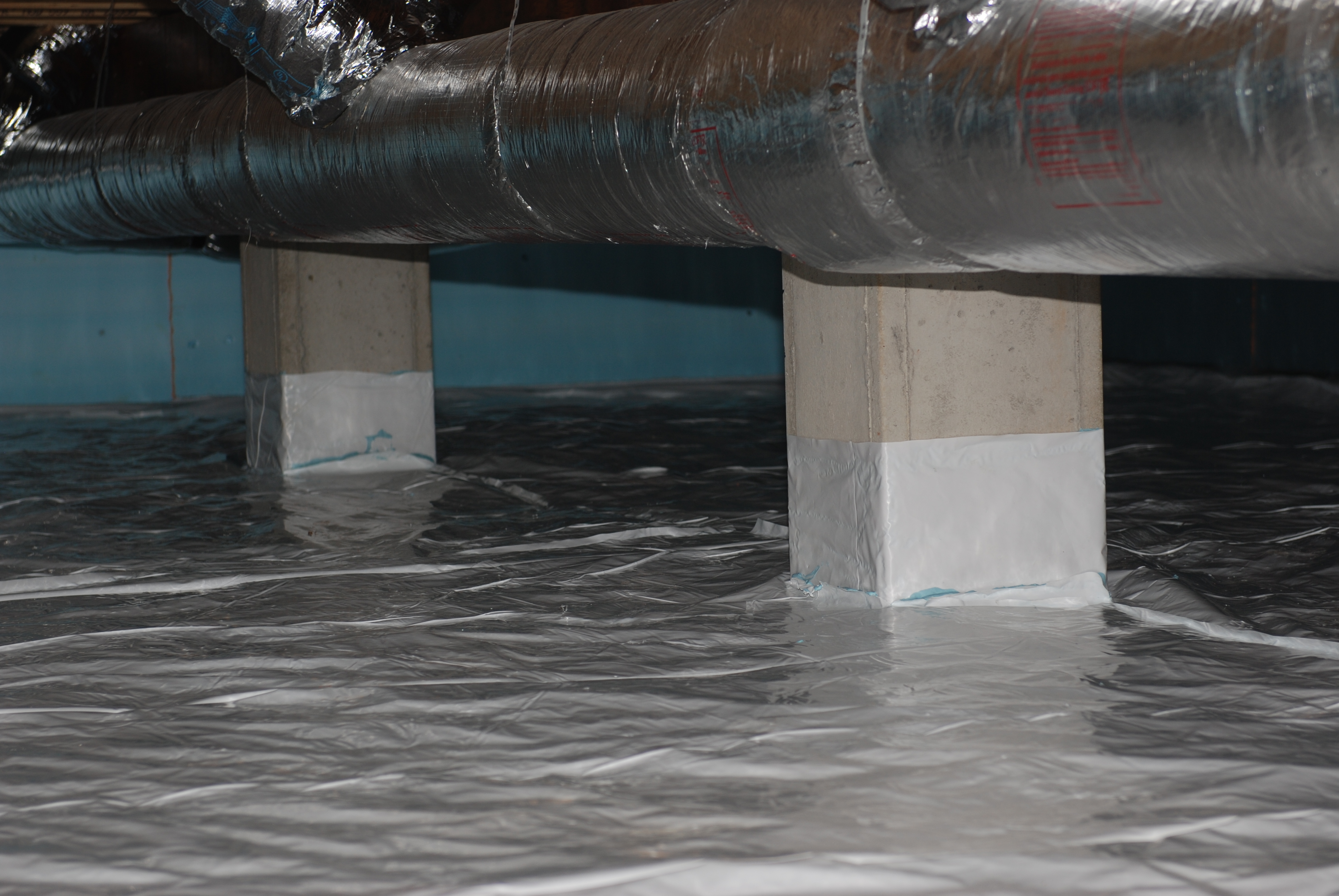by harrisonburgarchitect | Jun 17, 2013 | architecture, Building Science, Indoor Air Quality
An Energy Recovery Ventilator (ERV) is the system used for energy recovery by exchanging the energy contained in air exhausted from the building and using it to treat (pre-conditioned) the incoming outdoor ventilation air in residential and commercial HVAC systems. (So it is basically a spinning hamster wheel working to make your home more comfortable.) During the warmer months, the system dehumidifies and pre-cools while humidifying and pre-heating in the cooler months. The benefits of using energy recovery is the ability to meet the ASHRAE ventilation and energy standards, while improving indoor air quality, and reducing total HVAC equipment capacity. It does not make your home more energy-efficient, this is used with a focus on comfort and indoor air-quality.
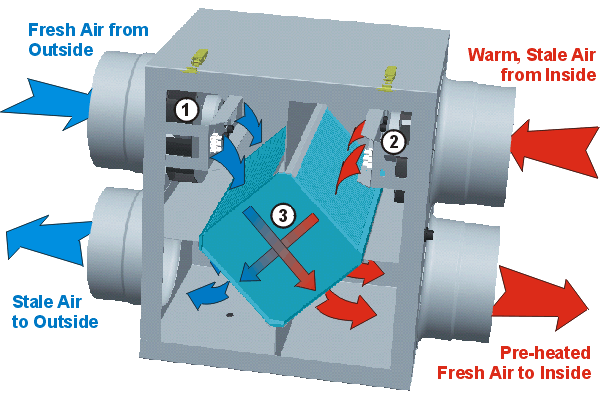
by harrisonburgarchitect | May 29, 2013 | architecture, Building Science, Harrisonburg Architect, Indoor Air Quality
Why is a properly sized HVAC system important?
- Efficiency: You wouldn’t purchase a jet airplane to get to the other side of town, right? It would not address the need directly and it would cost a fortune to run and
 maintain. The same is true for your heating, cooling, and ventilation system.If your system is oversized as many are in residential projects, it means that you are paying more than you need to maintain the air temperatures in your home. Your goal should be to get a system that is right sized. If the right sized system runs for an extended period of time, it will filter air and control humidity, while maintaining the comfort levels in your home. This right sized system will cost less to install and to operate.
maintain. The same is true for your heating, cooling, and ventilation system.If your system is oversized as many are in residential projects, it means that you are paying more than you need to maintain the air temperatures in your home. Your goal should be to get a system that is right sized. If the right sized system runs for an extended period of time, it will filter air and control humidity, while maintaining the comfort levels in your home. This right sized system will cost less to install and to operate.
- Comfort: No matter what you have heard, bigger is not better when it comes to HVAC systems. An over-sized air conditioners will not dehumidify the air inside your home. The typical air conditioning units need 10 minutes of running before the coils get cold enough to cause condensation. This the needed to dehumidify the air in your home. If the system is oversized, the thermostat will be satisfied in under 10 minutes (short cycling) well before the unit is able to remove a significant amount of moisture from the air. This creates a cold, clammy condition that is not comfortable. A right sized air conditioner should produce relative humidity levels of less than 50% in the cooling season inside your home. This will improve your indoor air quality and feel more comfortable. Heating season comfort is also impacted by over-sized heat pumps. They produce supply air that is roughly 100 degrees, compared to furnaces that produce supply air that is 125-135 degrees. The result is a heat pump having to move more air around the house to deliver the needed amount of heated air. If a heat pump is oversized, more air than is necessary will be moving around the house, creating drafts, and causing complaints about comfort or causing you to turn up the thermostat. Heat pumps should be right sized based on the insulation, orientation, air leakage, windows, and size of the home.

- Air quality: If your system is over-sized and therefore not properly dehumidifying, you’ll most likely have moisture problems. This could result in strange smells, mold or mildew growing in areas that don’t receive much air flow, excessive presence of dust mites, etc. Air quality will be impacted unless the system is right sized.
by harrisonburgarchitect | May 24, 2013 | architecture, Building Science, Harrisonburg Architect, Indoor Air Quality
Design matters. If you are building a new home, proper planning and design will provide you with the most energy-efficient, durable, and healthy home. There are many things that are done in new home construction that are considered standard, that might or might not be healthy, durable, or energy efficient. The design phase is a chance to set the performance standards for your builder to incorporate into your new home (and the price of your new home). Without an architect, you have to rely on the builder to set the design standards for you.

Design matters. Setting the performance standards, designing the spaces that work for you, selecting the right products for your design are key decisions that should be done prior to getting a price for the construction. We frequently work hand in hand with a builder to make sure we keep the budget in check while in process with the design. Decisions can be made as a team, which will provide the best solution to you at the best value.
by harrisonburgarchitect | May 22, 2013 | architecture, Building Science, Harrisonburg Architect, Indoor Air Quality
A water management system does more than just protect your home from driving rain.
A proper water management system protects from bulk moisture and vapor drive from inside and outside the home. This includes an appropriate house wrap, flashing at wall openings, and the right insulation to name just a few details.
There are many places that the durability of a home can be caused into question. However, the most important design element is getting the water management system correct. If the system is not thought through completely you could have major structural damage in just a few years.
by harrisonburgarchitect | May 13, 2013 | architecture, Building Science, Harrisonburg Architect, Indoor Air Quality
It is very common to find insulation in the floor joists above your head in an unfinished basement or crawl space. Unfortunately, for homes in our area, this is not where you need insulation. I will go as far to say “it is a complete waste of money.”

As a general rule the entire envelope of your home should be insulated. If your basement, attic, or crawl space has duct work in it, then it is part of your home’s thermal envelope. Insulating the walls of the basement or crawl will increase the overall efficiency and comfort of your entire home.

Insulation, specifically fiberglass insulation, is often used in the floor joists in a basement or crawl space. If it is not in contact with the floor surface above, then it does not perform as intended. If you push the fiberglass in place then you smash the R-value out of the insulation so it does not work. If you want to insulate between floor joists, I recommend using spray foam insulation, but again, just insulate the walls.

by harrisonburgarchitect | May 6, 2013 | architecture, Building Science, Harrisonburg Architect, Indoor Air Quality

If your home has a crawl space with plastic laying loosely on the floor and insulation above your head inside the floor joists – you are wasting energy, have poor indoor-air-quality, and could be growing mold.
In our mixed-humid climate, we should seal and condition our crawl spaces. There should not be insulation inside of the floor joist, but should be on the walls and on the floor if possible. There should be a small supply from your heating and cooling system to create positive pressure. These strategies reduce your annual energy use, protect your indoor-air-quality pushing moisture and radon out, and protects against critters getting into your home.




